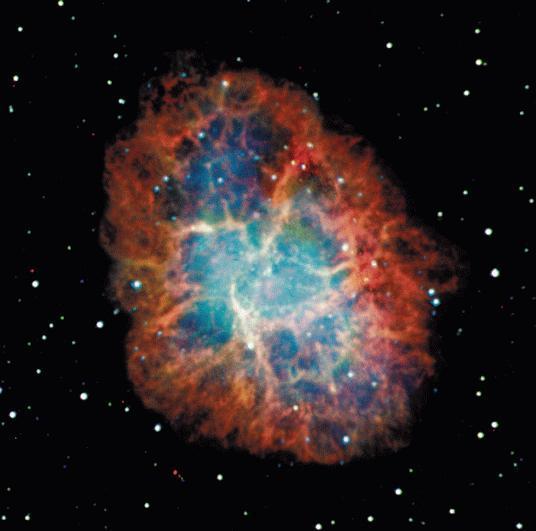Cosmic rays mystery grows deeper
The mystery surrounding the source of cosmic rays, the highest-energy particles known in the Universe, has grown deeper.
The cosmic rays can show up with energies a million times higher than the biggest particle accelerators on Earth can produce.
Astrophysicists believed that only two sources could make them: supermassive black holes in active galaxies, or so-called gamma ray bursts.
A study in Nature has now all but ruled out gamma ray bursts as the cause.
Gamma ray bursts (GRBs) are the brightest events we know of, though their sources remain a matter of some debate. They can release in hours more energy than our Sun will ever produce.
Computer models predict that GRBs could be the source of cosmic rays – mostly subatomic particles called protons, accelerated to incredibly high speeds.
But they were also predicted to produce a stream of neutrinos, the slippery subatomic particles recently brought to fame in claims of faster-than-light travel.

The mystery surrounding the source of cosmic rays, the highest-energy particles known in the Universe, has grown deeper
So researchers at the IceCube neutrino telescope went looking for evidence of neutrino arrival that coincided with measurements of gamma ray bursts detected by the Fermi and Swift space telescopes.
But it found none – suggesting that active galactic nuclei, where supermassive black holes reside, are likely to be the source.
Given that neutrinos have such a low probability of interacting with matter as we know it, IceCube is a neutrino detector of immense proportions.
Situated at the South Pole, it consists of more than 5,000 optical sensors buried across a cubic kilometre of glacial ice, each looking for the brief blue flash of light produced when a neutrino happens to bump into atomic nuclei in the ice.
Over the course of measurements taken between mid-2008 and mid-2010, some 300 GRBs were recorded – but IceCube scientists detected none of the eight or so neutrinos that they predicted would be associated with those events.
The models that lead to such predictions are making guesses about the most violent, highest-energy processes of which physics can conceive.
Because those models include a few educated guesses, GRBs are not completely out of the running as the source of the highest energy cosmic rays we see; perhaps neutrinos are not produced in the numbers that physicists expect.
